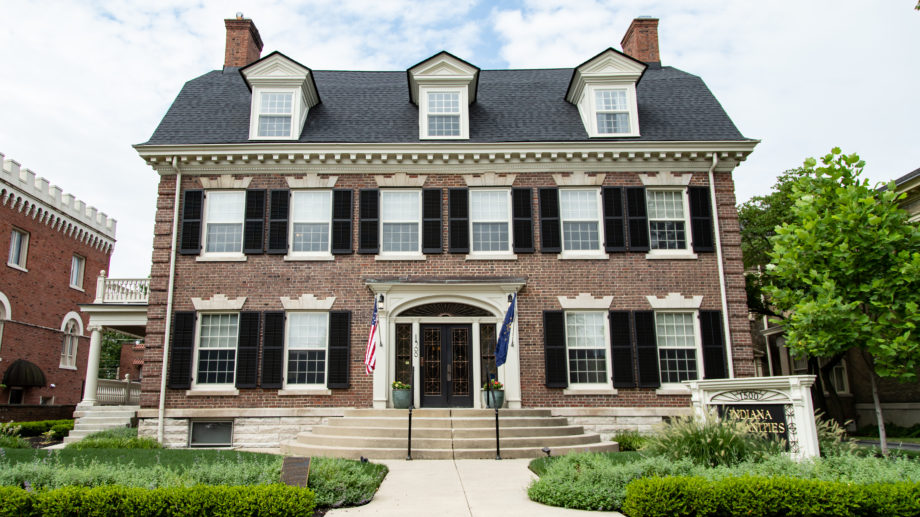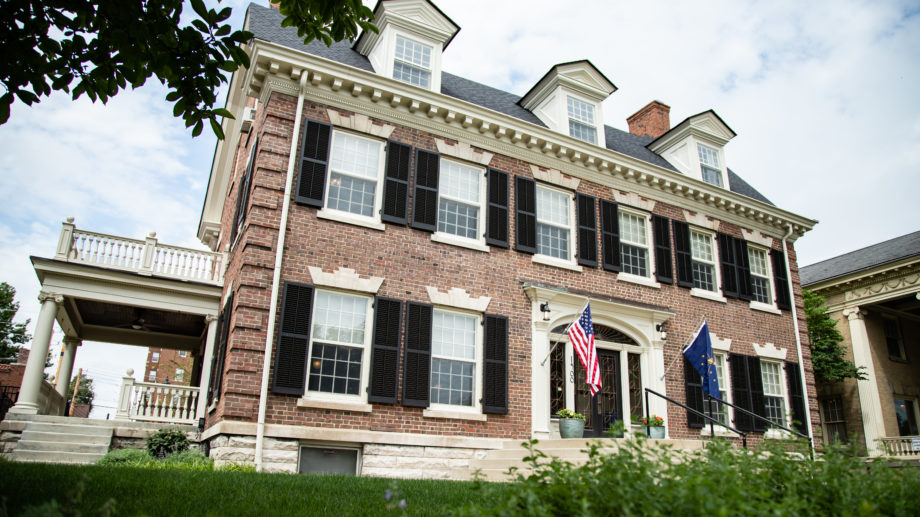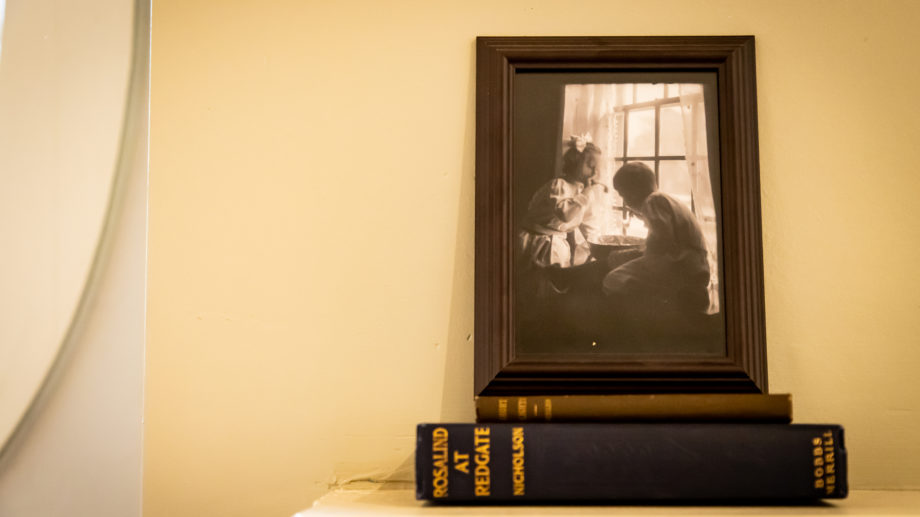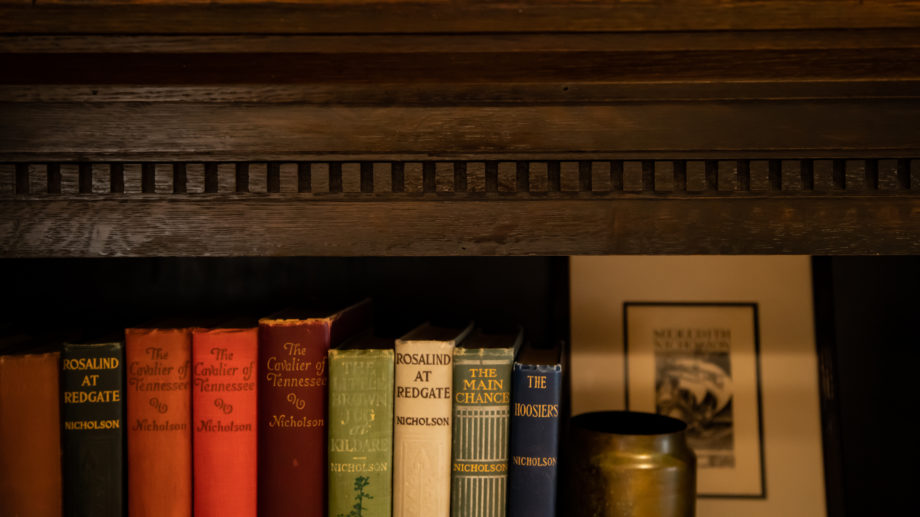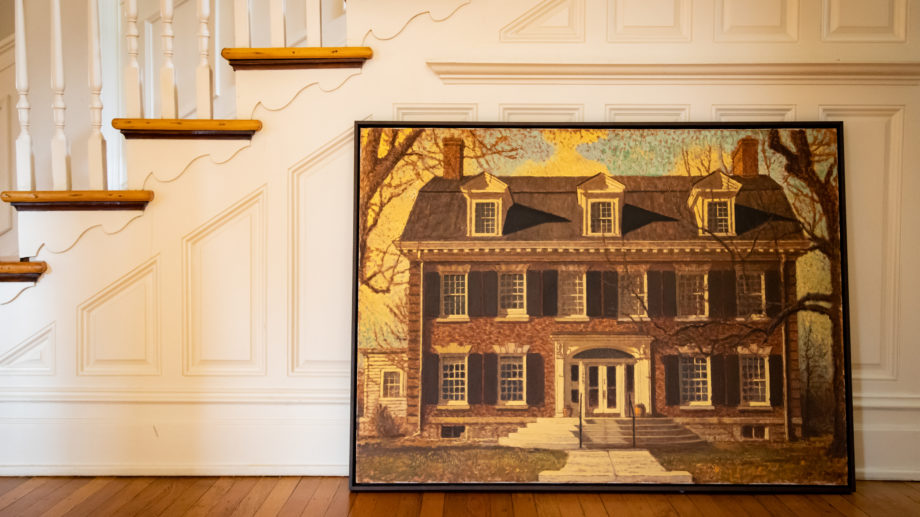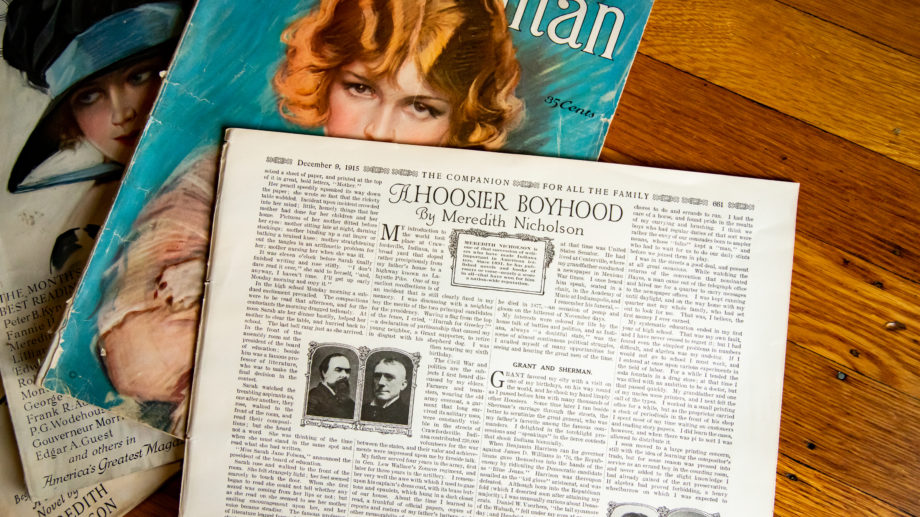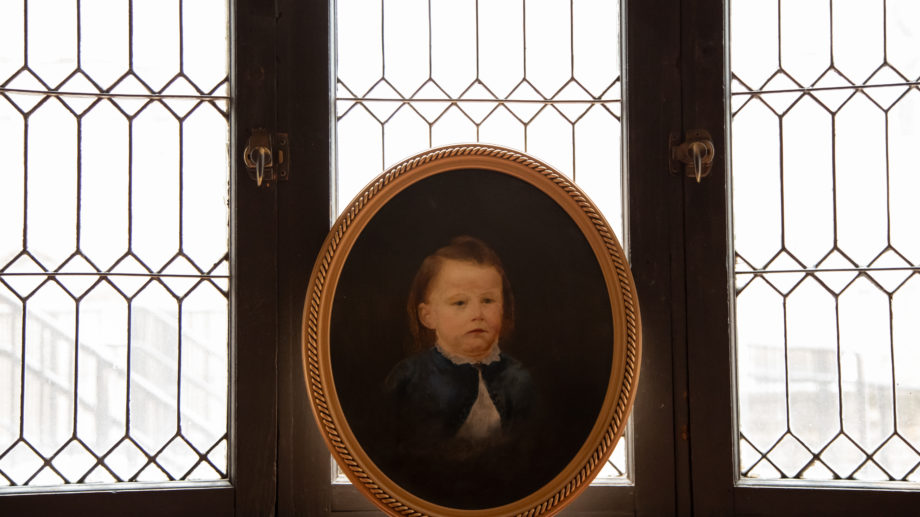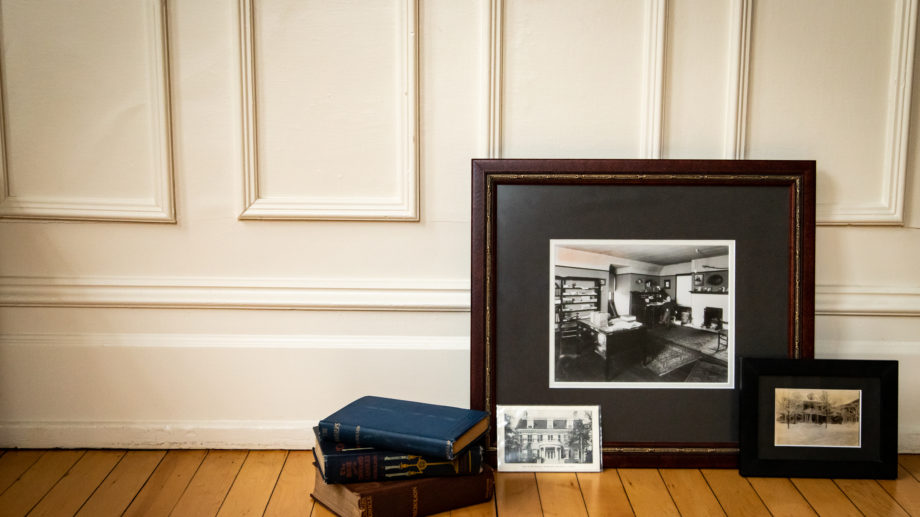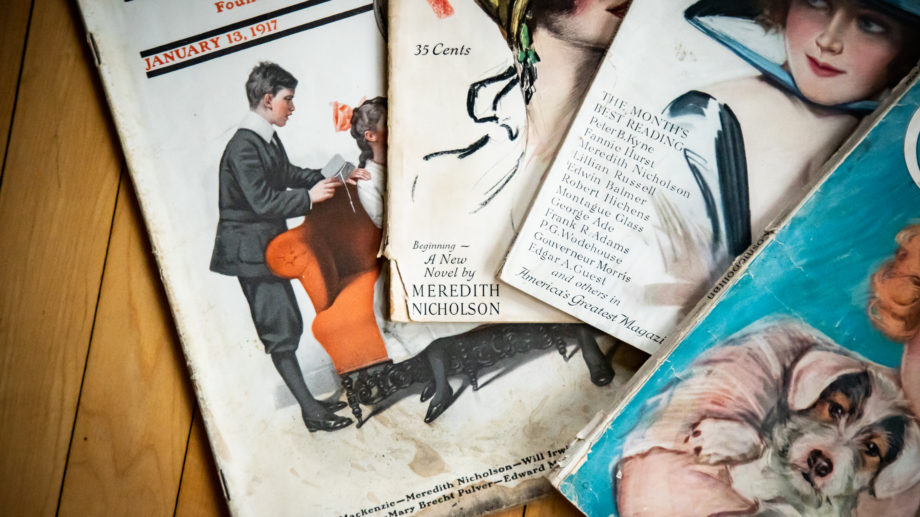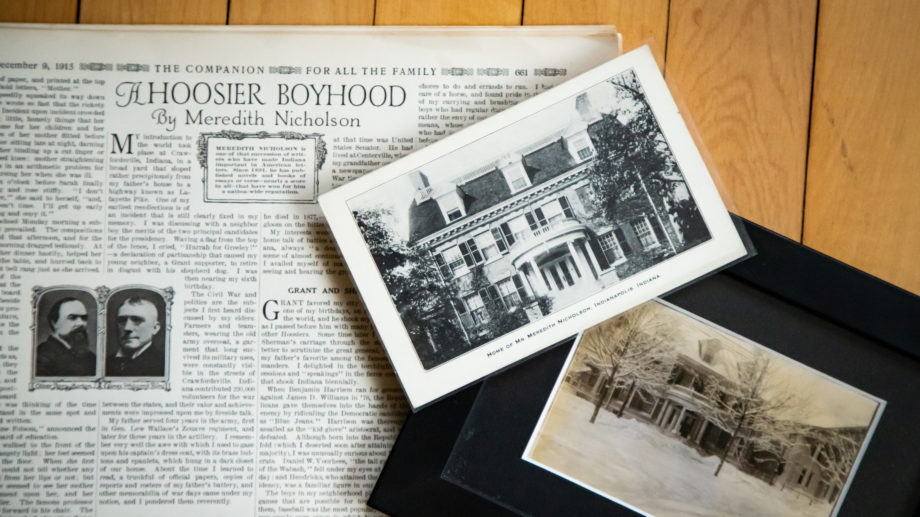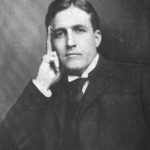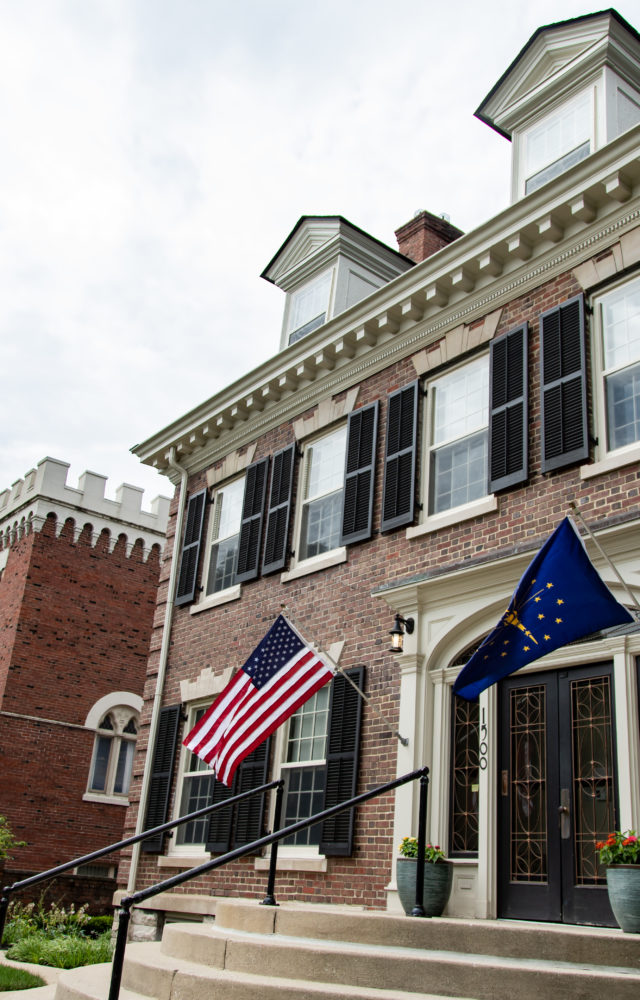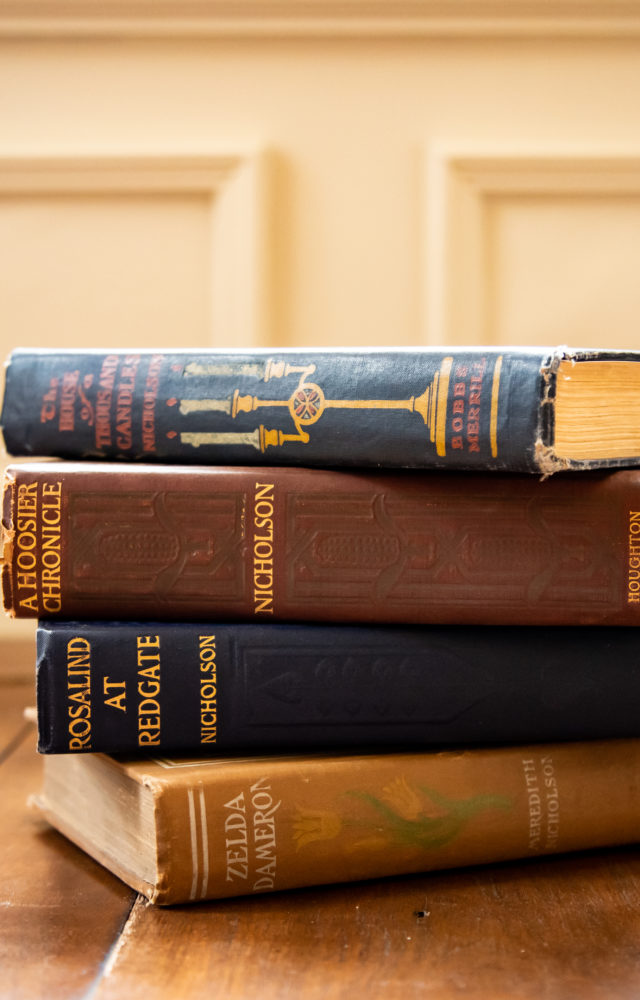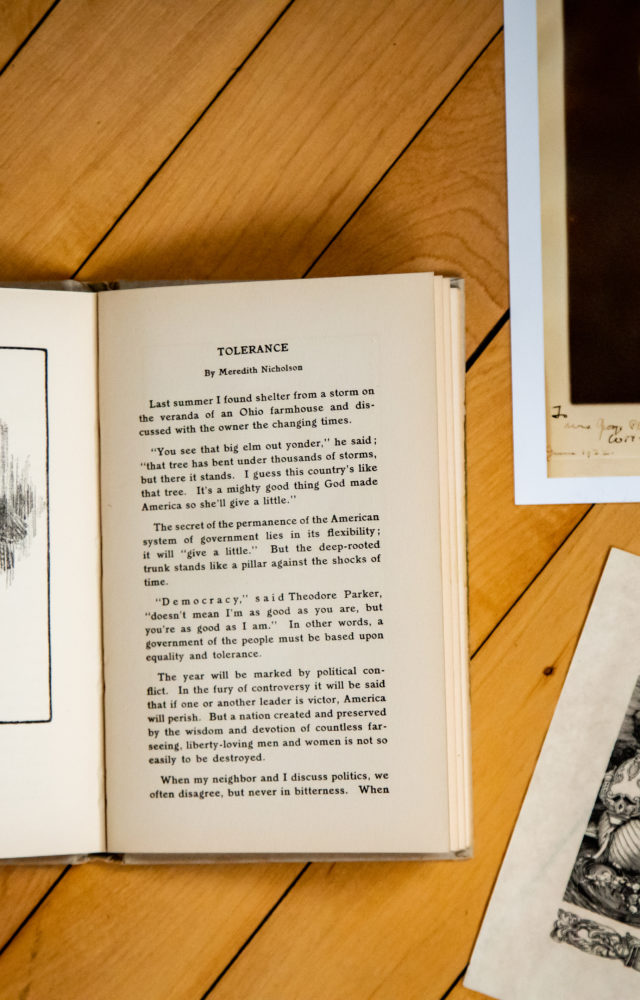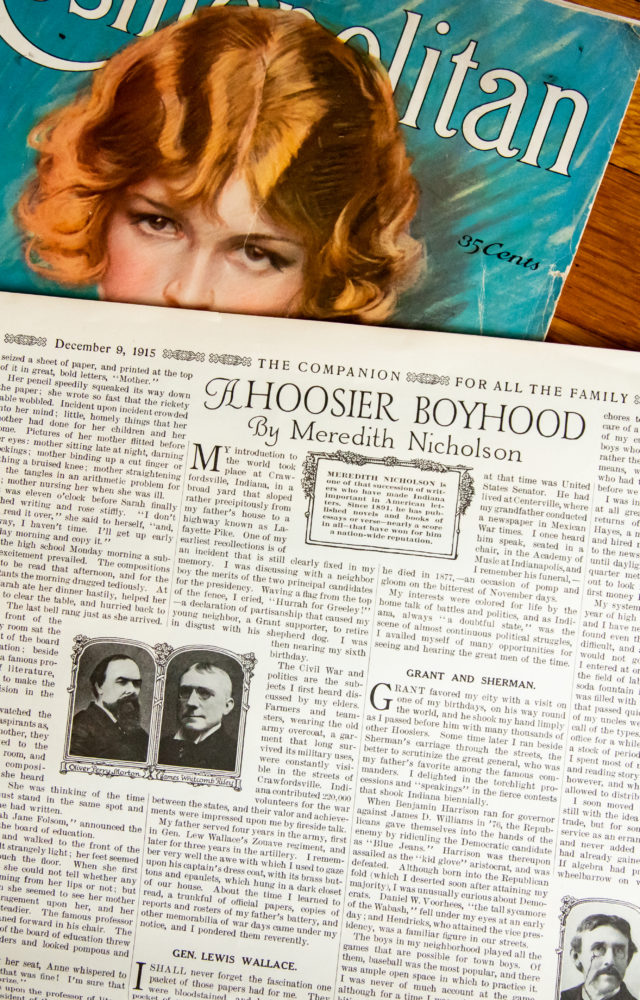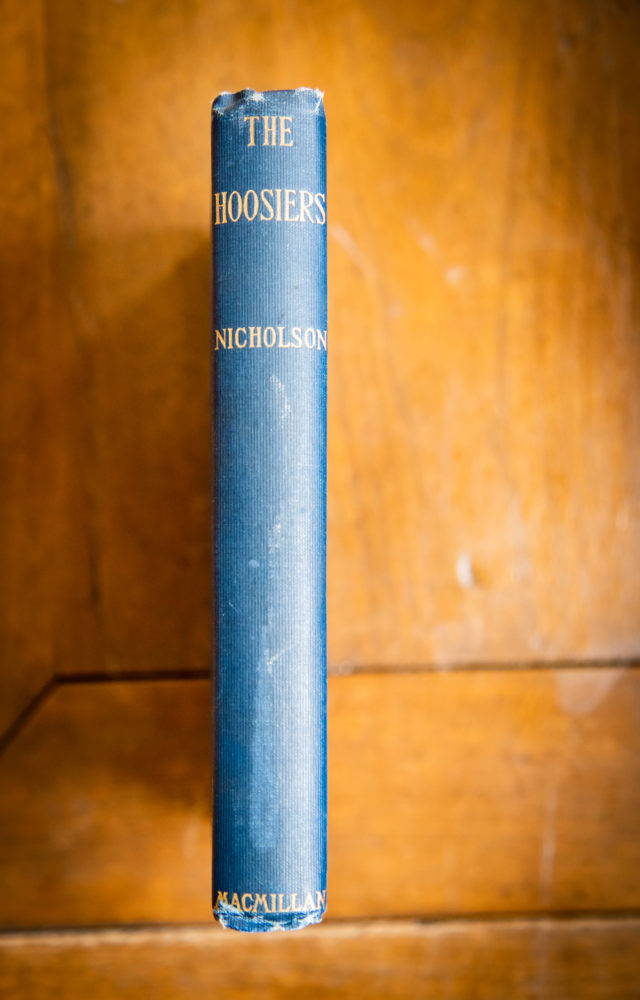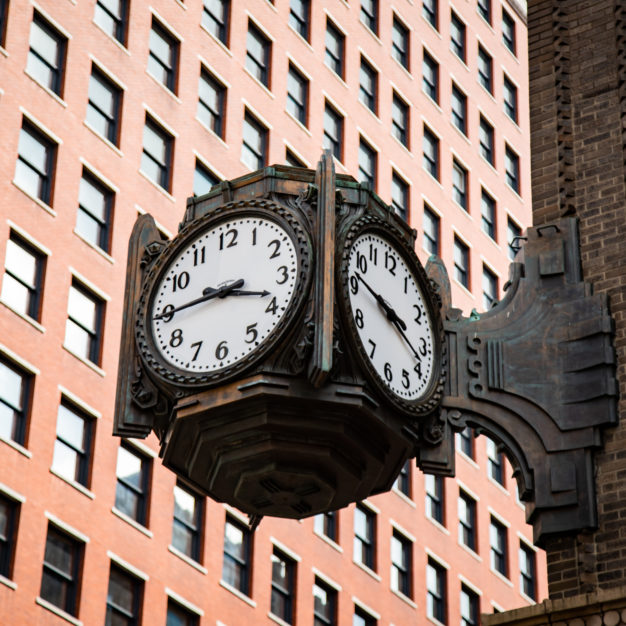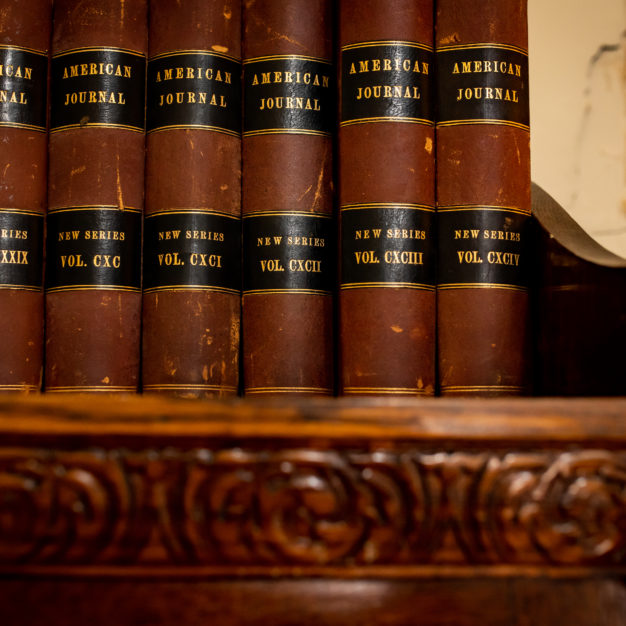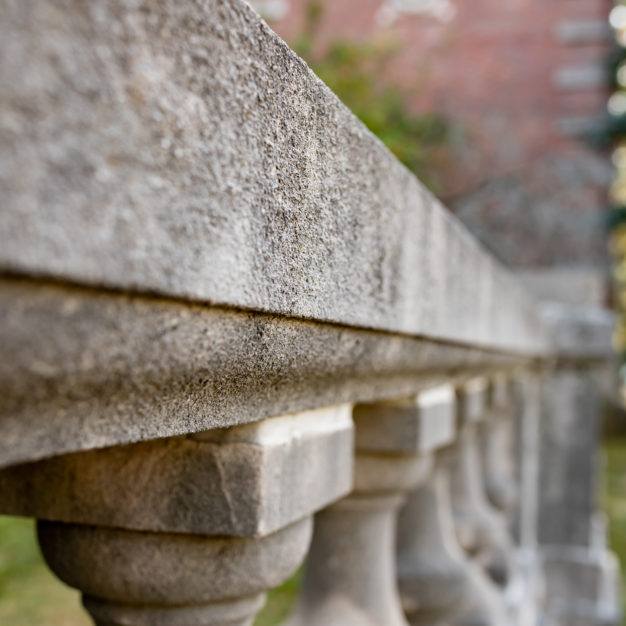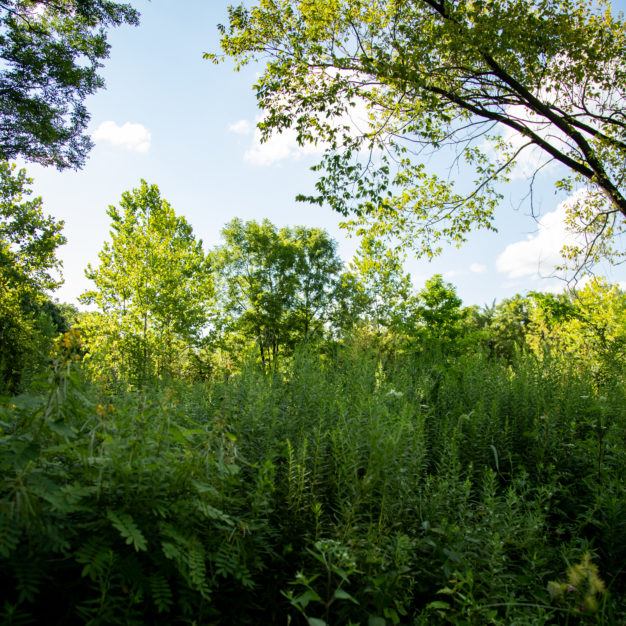From
The House of a Thousand Candles
Meredith Nicholson
A single candle made a little pool of light in what I felt to be a large room. I was prepared for a disclosure of barren ugliness, and waited, in heartsick foreboding, for the silent guide to reveal a dreary prison.
“Please sit here, sir,” said Bates, “while I make a better light.”
He moved through the dark room with perfect ease, struck a match, lighted a taper and went swiftly and softly about. He touched the taper to one candle after another,—they seemed to be everywhere,—and won from the dark a faint twilight, that yielded slowly to a growing mellow splendor of light. I have often watched the acolytes in dim cathedrals of the Old World set countless candles ablaze on magnificent altars,—always with awe for the beauty of the spectacle; but in this unknown house the austere serving-man summoned from the shadows a lovelier and more bewildering enchantment. Youth alone, of beautiful things, is lovelier than light.
The lines of the walls receded as the light increased, and the raftered ceiling drew away, luring the eyes upward. I rose with a smothered exclamation on my lips and stared about, snatching off my hat in reverence as the spirit of the place wove its spell about me. Everywhere there were books; they covered the walls to the ceiling, with only long French windows and an enormous fireplace breaking the line. Above the fireplace a massive dark oak chimney-breast further emphasized the grand scale of the room. From every conceivable place—from shelves built for the purpose, from brackets that thrust out long arms among the books, from a great crystal chandelier suspended from the ceiling, and from the breast of the chimney—innumerable candles blazed with dazzling brilliancy. I exclaimed in wonder and pleasure as Bates paused, his sorcerer’s wand in hand.
“Mr. Glenarm was very fond of candle-light; he liked to gather up candlesticks, and his collection is very fine. He called his place ‘The House of a Thousand Candles.’ There’s only about a hundred here; but it was one of his conceits that when the house was finished there would be a thousand lights. He had quite a joking way, your grandfather. It suited his humor to call it a thousand. He enjoyed his own pleasantries, sir.”

